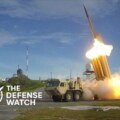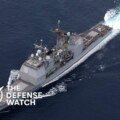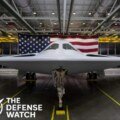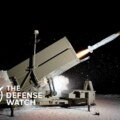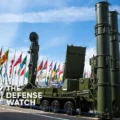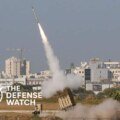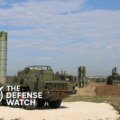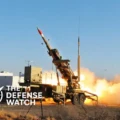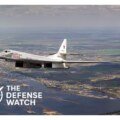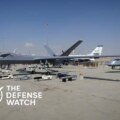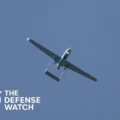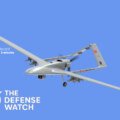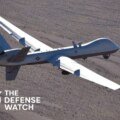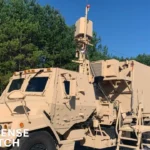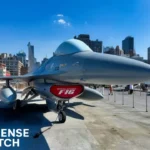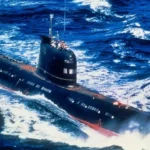- Home
- Catalog
- Fighter Jets
- F-35 Lightning II Fighter Jet
F-35 Lightning II Fighter Jet
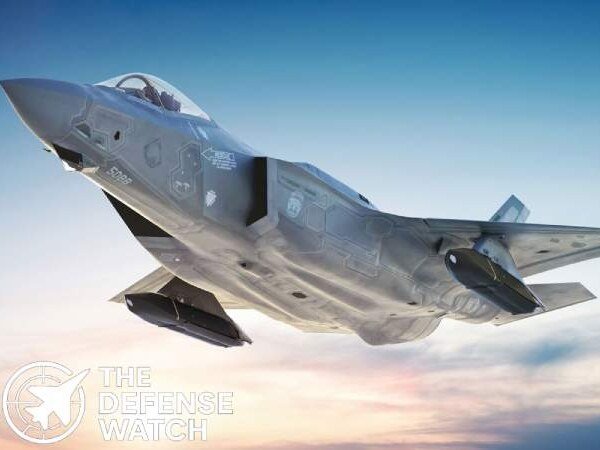




Full Specifications
General Information
| Name | F-35 Lightning II |
| Manufacturer | Lockheed Martin |
| Country of Origin | United States |
| Type / Role | Multirole Stealth Fighter |
| Generation | 5th |
| Status | In Service |
| First Flight | December 15, 2006 |
| Introduction / In Service Since | 2015 |
| Number Built | 1,200+ (as of 2025) |
| Operators | USA, UK, Japan, Israel, Italy, Australia, and others |
Dimensions & Structure
| Length | 51.2 ft (15.6 m) |
| Wingspan | 35 ft (10.7 m) |
| Height | 14.4 ft (4.38 m) |
| Wing Area | 460 sq ft (42.7 m²) |
| Empty Weight | 29,300 lb (13,300 kg) |
| Maximum Takeoff Weight (MTOW) | 70,000 lb (31,800 kg) |
| Internal Weapons Bay | 2 (up to 5,700 lb payload) |
| External Hardpoints | 6–10 (up to 18,000 lb total) |
Performance
| Maximum Speed | Mach 1.6 |
| Range | 1,380 mi (2,220 km) |
| Combat Radius | ~670 mi (1,080 km) |
| Service Ceiling | 50,000 ft (15,240 m) |
| Rate of Climb | 45,000 ft/min |
| Thrust-to-Weight Ratio | 0.87 |
| G Limits | +9 |
Powerplant
| Engine Type | Pratt & Whitney F135-PW-100 |
| No. of Engines | 1 |
| Thrust (each) | 43,000 lbf |
| Thrust Vectoring | Yes (on F-35B variant) |
| Fuel Capacity | ~18,500 lb internal |
Armament
| Gun | GAU-22/A 25mm cannon (F-35A) |
| Missiles (Air-to-Air) | AIM-120 AMRAAM, AIM-9X |
| Missiles (Air-to-Ground) | AGM-154 JSOW, AGM-158 JASSM |
| Bombs | JDAM, Paveway II/III, SDB I/II |
| Hardpoints | 6 external + 2 internal |
| Payload Capacity | ~18,000 lb |
Avionics & Systems
| Radar | AN/APG-81 AESA |
| Radar Range | ~150+ km |
| Electronic Warfare (EW) System | AN/ASQ-239 suite |
| Targeting System | EOTS (Electro-Optical Targeting System) |
| Helmet Display | HMDS Gen III |
| Navigation | GPS/INS with terrain-following |
| Autopilot / AI Assistance | Advanced flight management |
| Communication | MADL & Link 16 secure data links |
Stealth & Technology
| Radar Cross Section (RCS) | ~0.001 m² |
| Stealth Features | RAM coating, internal weapons bay, edge alignment |
| Infrared Signature Reduction | Yes |
| Sensor Fusion | Full 360° data integration |
| Networking Capabilities | Distributed data-sharing with allied units |
Variants
| Special Export Versions | F-35I (Israel), F-35A (Japan), etc. |
Operational History
| Major Conflicts / Deployments | Middle East operations (Iraq, Syria) |
| Notable Operators | USAF, USN, USMC, RAF, IDF |
| Combat Proven? | Yes |
| Mission Types | Air superiority, strike, SEAD, ISR |
Cost & Program
| Unit Cost | $80–100 million (variant-dependent) |
| Development Cost | ~$400 billion (program total) |
| Program Name | Joint Strike Fighter (JSF) |
| Funding Countries | USA, UK, Italy, Netherlands, Canada, Australia, etc. |
Additional Information
| Upgrades Planned | Block 4, Tech Refresh 3 |
| Future Replacement | NGAD (2035+) |
| Export Restrictions | U.S. FMS approval required |
| Notable Achievements | Widest global fighter program in history |
| Competitors | Su-57, J-20, Tempest, KF-21 |
PROS
- Exceptional stealth and sensor fusion
- Multirole capability (air, ground, electronic warfare)
- Global interoperability among allies
- Advanced pilot interface and AI assistance
- Continuous modernization (Block 4 upgrades)
CONS
- High acquisition and maintenance costs
- Software complexity and update delays
- Limited internal weapon load in stealth mode
- Range constraints compared to larger fighters
- Logistic and sustainment challenges globally
F-35 Lightning II: America’s Multirole Stealth Fighter
Developed by Lockheed Martin, the F-35 Lightning II represents the most advanced and versatile fifth-generation fighter in the world. Designed under the Joint Strike Fighter (JSF) program, the F-35 family delivers a blend of stealth, sensor fusion, and combat versatility for the U.S. Air Force, Navy, and Marine Corps, as well as allied nations.
The F-35 was built to replace legacy aircraft such as the F-16, A-10, AV-8B, and F/A-18, providing a unified platform for air superiority, strike, intelligence, surveillance, and reconnaissance (ISR) missions. Its three main variants—the F-35A (conventional takeoff), F-35B (short takeoff/vertical landing), and F-35C (carrier-based)—serve diverse operational needs across global forces.
Powered by the Pratt & Whitney F135 afterburning turbofan, the Lightning II reaches speeds of Mach 1.6 and delivers over 43,000 pounds of thrust. It carries a combination of internal and external ordnance, including AIM-120 AMRAAMs, JDAMs, and laser-guided bombs, maintaining low observability in contested environments.
Equipped with the AN/APG-81 AESA radar, Distributed Aperture System (DAS), Electro-Optical Targeting System (EOTS), and an advanced Helmet Mounted Display (HMD), the F-35 offers real-time 360° situational awareness. Its sensor fusion and data-link capabilities make it the centerpiece of modern network-centric warfare.
Currently operated by more than 20 nations, the F-35 has seen operational use in combat missions over the Middle East, demonstrating both survivability and lethality. Its continuous upgrades—like Block 4 modernization and integration of next-gen weapons—ensure that the F-35 remains ahead of emerging threats well into the 2040s.
Reviews
Disclaimer Note
The information provided on TheDefenseWatch.com is for general informational purposes only. While we strive to ensure the accuracy, completeness, and timeliness of our content regarding defense and aerospace products, technologies, and specifications, we cannot guarantee that all information is 100% accurate or up-to-date due to the evolving nature of military technology and classified data. TheDefenseWatch.com does not warrant the reliability, suitability, or availability of the information for any specific purpose. Users are advised to consult official sources, such as manufacturers, government publications, or defense agencies, for precise and verified data before making decisions based on our content. We are not affiliated with any defense manufacturers, governments, or military organizations mentioned. Opinions, reviews, and ratings reflect expert analysis but are subjective and should not be considered endorsements. TheDefenseWatch.com is not responsible for any errors, omissions, or consequences arising from the use of this website’s content. External links are provided for convenience and do not imply endorsement. TheDefenseWatch.com reserves the right to update or modify content without prior notice. By using this website, you agree to our Privacy & Cookies Policy.

